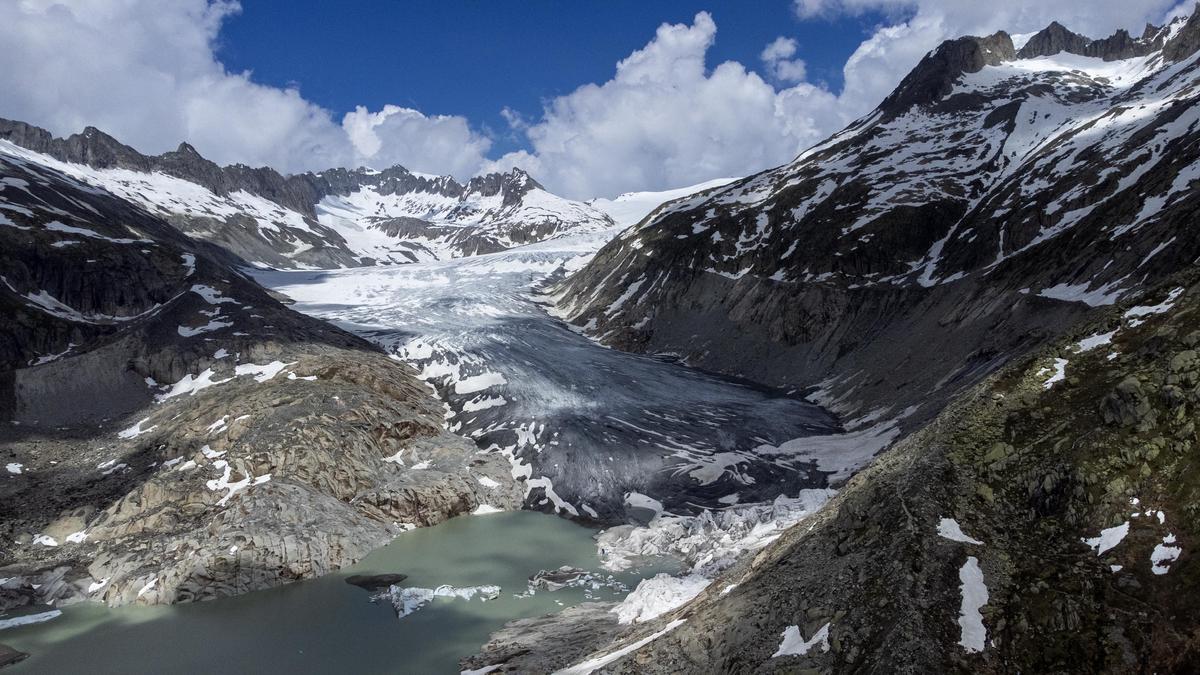
Switzerland, Italy to redraw shared border thanks to melting glaciers Premium
The Hindu
Even if global warming is limited to 1.5 degrees Celsius under the 2015 Paris Agreement, the world still stands to lose around a quarter to half of all glaciers by 2100.
Switzerland and Italy are set to partially redraw their land border close to the iconic Matterhorn peak as melting glaciers in the region have caused existing border to shift, according to media reports.
The two countries have drafted a treaty that the Swiss government approved on Friday and which the Italian government is expected to soon. Exactly which geographic areas will be affected are expected to become clear once both countries have signed off.
While most land borders are fixed, geological and/or climatological changes can alter the terrain they are drawn on. Melting glaciers are one such change.
The shared border between Italy and Switzerland is around 578 km long. A part of this is high up in the Alps, where it passes over multiple glaciers.
In Switzerland’s Zermatt municipality, the border flows along the line to which the Theodul glacier retreated in 2000. According to Switzerland’s Federal Office of Topography, the height of Theodul decreased between 1940 and 2000, shifting the shared border by 100-150 m.
Thus while the skiing chairlift station for the glacier is on Swiss territory, its basin is in Italy.
Europe is the fastest-warming continent in the world and Switzerland is losing glaciers rapidly. According to the Swiss Commission for Cryosphere Observation, glaciers here lost 10% of their ice volume in 2022-2023, more than ever recorded before.











